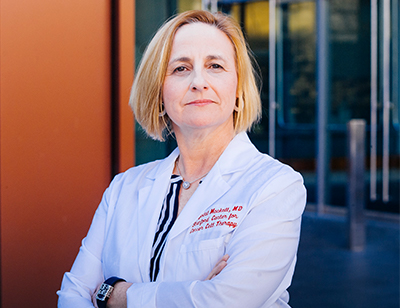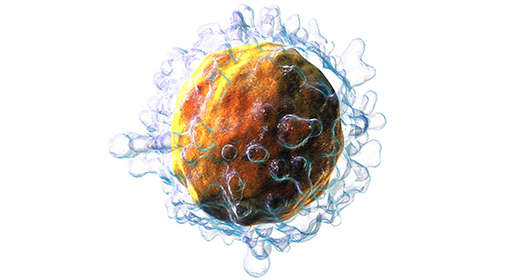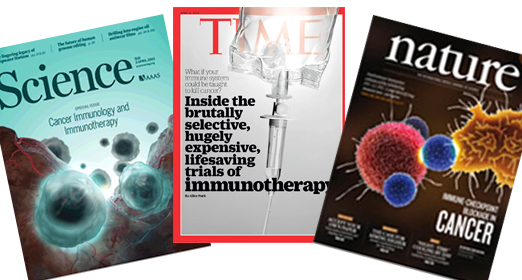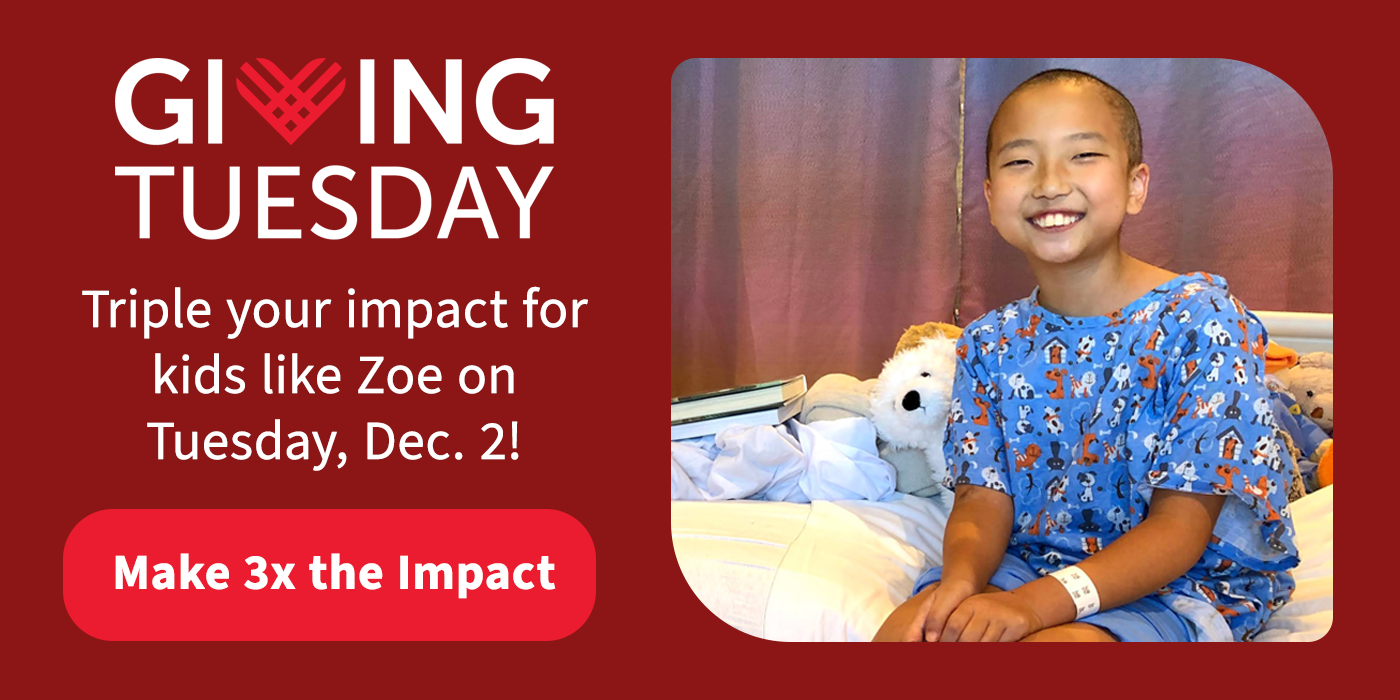It was in 6th grade that Crystal Mackall, MD, associate director of the Stanford Cancer Institute and professor of pediatrics (hematology/oncology) and of medicine at the Stanford University School of Medicine, first knew she wanted to become a doctor. “I had a female science teacher who was very inspiring to me,” says Mackall. “We did a lot of work on anatomy and physiology, and I just thought it was the coolest stuff in the world.”
Mackall, who is also medical co-director of the Stanford Laboratory for Cell and Gene Medicine, stayed true to her dream, even as she refined her goal during training. “I thought I wanted to be a heart surgeon,” Mackall says, “but it turned out I really wasn’t that good with my hands, and my nose always itched when I had to go in the operating room.”
Soon enough, she found the perfect fit: pediatric cancer medicine. “I thought, this is where I want to put my energy. There is no better battle to wage in this world than to fight cancer in kids.”
Since then, Mackall’s own work has helped define the battle lines. In 1984, she read an early article about cancer immunotherapy—an approach that uses the body’s own immune system against cancer cells. “Nobody ever thought it would really work,” says Mackall, who still vividly recalls the early days when “we were kind of a fringe element in oncology. People thought we were a little bit ‘out there.’”
Bold Mentoring
By 1989, she was studying the immune system in cancer at the National Institutes of Health under the direction of Philip Pizzo, MD, who was chief of the National Cancer Institute’s Pediatric Department and who would later go on to serve as dean of the Stanford University School of Medicine from 2001 to 2012.
“From early on, Crystal was committed to immunology and the potential for immunotherapy,” Pizzo recalls. “I was really struck by that, and gratified to watch her evolve at the National Cancer Institute to pursue her vision and eventually obtain the leadership position that I once held.”
“Phil Pizzo taught me to be bold in terms of clinical investigation in children with dread disease, and in creating new therapeutics for kids,” says Mackall.
That boldness fueled Mackall’s persistence for more than two decades, as she and her colleagues gradually unlocked the secrets of immunotherapy. Initial approaches began to show promise. “Cancers that were resistant to every other type of therapy were being able to be controlled and put into remission with immunotherapy,” Mackall says.
Then “everything changed in 2010,” when the National Cancer Institute, under Mackall’s leadership, reported one of the first clinical successes with a targeted approach to activating the body’s own immune response. “The whole thing just exploded wide open,” Mackall adds. “Now it’s the biggest thing in cancer medicine.”
Despite many advances in childhood cancer treatment and survival over the past four decades, more work in cancer immunotherapy is still badly needed. With treatments like chemotherapy, radiation, and stem cell transplantation, five-year survival for children with cancer now reaches above 85 percent, where it was once 10 percent. Yet survival rates are much lower for rare cancers, and standard treatments can be lengthy, sometimes taking years, and with brutal side effects. (See “Even Wondergirl Needs Heroes.”) And there are children for whom the existing treatments do not work, or who suffer multiple recurrences, with the disease becoming less responsive to treatment.
“Cancer is diabolical,” says Mackall. “It’s adaptive, and keeps finding ways to come back. We have to outsmart it.”
A Targeted Approach
One key to her progress in outsmarting cancer lies in the difference between pediatric and adult tumors. Immune cells seek out abnormalities, which are easy to find in adult cancers because they have so many mutations. Because pediatric tumors have fewer abnormalities, “they look more like an immature cell, so the immune system can’t see it,” says Mackall. It’s counterintuitive, but the relative flawlessness of pediatric tumors is also what makes them harder to fight.
That’s why Mackall has focused her efforts on the promise of an approach that targets the cells identified in a specific type of tumor, like leukemia, for example. Using what she calls synthetic biology, “we create something new. We hijack the immune system,” she says. “It’s sort of like a bloodhound. You give it a scent and say, ‘Go get this.’” In pediatric cancers, it’s not enough to direct the immune system to an abnormality or mutation, because there aren’t enough of them. “We have to actually direct the cells to the tumor.”
T cells—the “bloodhounds”—are removed from the patient, engineered with “the scent” in Mackall’s analogy, which is the chimeric antigen receptor (CAR), and then returned to the patient’s bloodstream to begin their targeted immunotherapy response. The CAR points the T cell to a specific tumor cell, such as CD19 in acute lymphoblastic leukemia (ALL). When treated with CD19-CAR immunotherapy in the active dose range, children in clinical trials with ALL—all of whom had prior relapses or no other treatment options left—are already seeing response rates of 80 percent. It’s also a shorter course of treatment than standard approaches, and one she anticipates will have fewer long-term side effects. Mackall expects FDA approval of the CD19-CAR in the near future.
Building on strong results with CD19-CARs, Mackall and her team have investigated a second target: CD22. Clinical trials for CD22 began in 2015, and Mackall will soon publish the results. Having a second target in hand now provides the opportunity for physicians to do more than try each target in succession, but to hit the two targets simultaneously. “Doing it one step at a time seems to give the tumor too much time to adapt,” says Mackall. “So we are now coming in with the first double-CAR.” The first human testing of the double-CAR, targeting CD19 and CD22, will begin clinical trials at Stanford and the National Cancer Institute in a few months.
In addition to building on the progress of immunotherapy, Mackall is also determined to continue research on its side effects, which can include, in very rare instances, neurotoxicity. “When you turn on the immune system, you’ve got to turn it on really strong to fight cancer, and that sometimes can cause bad side effects, which can sometimes be life-threatening,” Mackall says. “We’re working diligently not only to discover better ways of treating cancer, making new therapies, and getting them into the clinic, but also to learn about the toxicity and making the treatment safer.”
Accelerating Research
Two organizations that began supporting children’s cancer immunotherapy research early and with sizable investment were Stand Up 2 Cancer and St. Baldrick’s Foundation, which in 2013 began funding the Pediatric Cancer Dream Team, a group of eight institutions co-led by Mackall. Lucile Packard Children’s Hospital Stanford became part of the Pediatric Cancer Dream Team in January 2016, when Mackall joined the Stanford University School of Medicine faculty. The new Parker Institute for Cancer Immunotherapy, led by philanthropist and entrepreneur Sean Parker, also provides support for infrastructure and research.
Even with this funding, children’s cancers still present vast opportunities for support. “Cancer is not one disease,” says Mackall. “It’s a bunch of different diseases. Each of them has a different set of targets that are going to need a different group of investigators that have to develop it, because you can’t target a disease unless you understand the disease. That’s the beauty of this new CAR approach: It looks like it could be amenable to the treatment of solid cancers or blood cancers, and we could give it in combination with other treatments.”
“There are a whole lot of opportunities out there for what we could tackle next,” Mackall adds.
“But right now, we have to choose based on resources. More money would allow us to address more cancers simultaneously.”
With Mackall at the helm of this research, Stanford will be helping to lead the field of pediatric oncology into a new realm of discovery and treatment, redefining not only how we understand pediatric cancer, but how we work to eradicate it. It’s inspiring work from a former 6th-grade girl who was just enjoying her science class.
This article first appeared in the Spring 2017 issue of Lucile Packard Children’s News.
LISTEN: Crystal Mackall discusses the biggest thing to hit cancer in decades at supportLPCH.org/fight.




